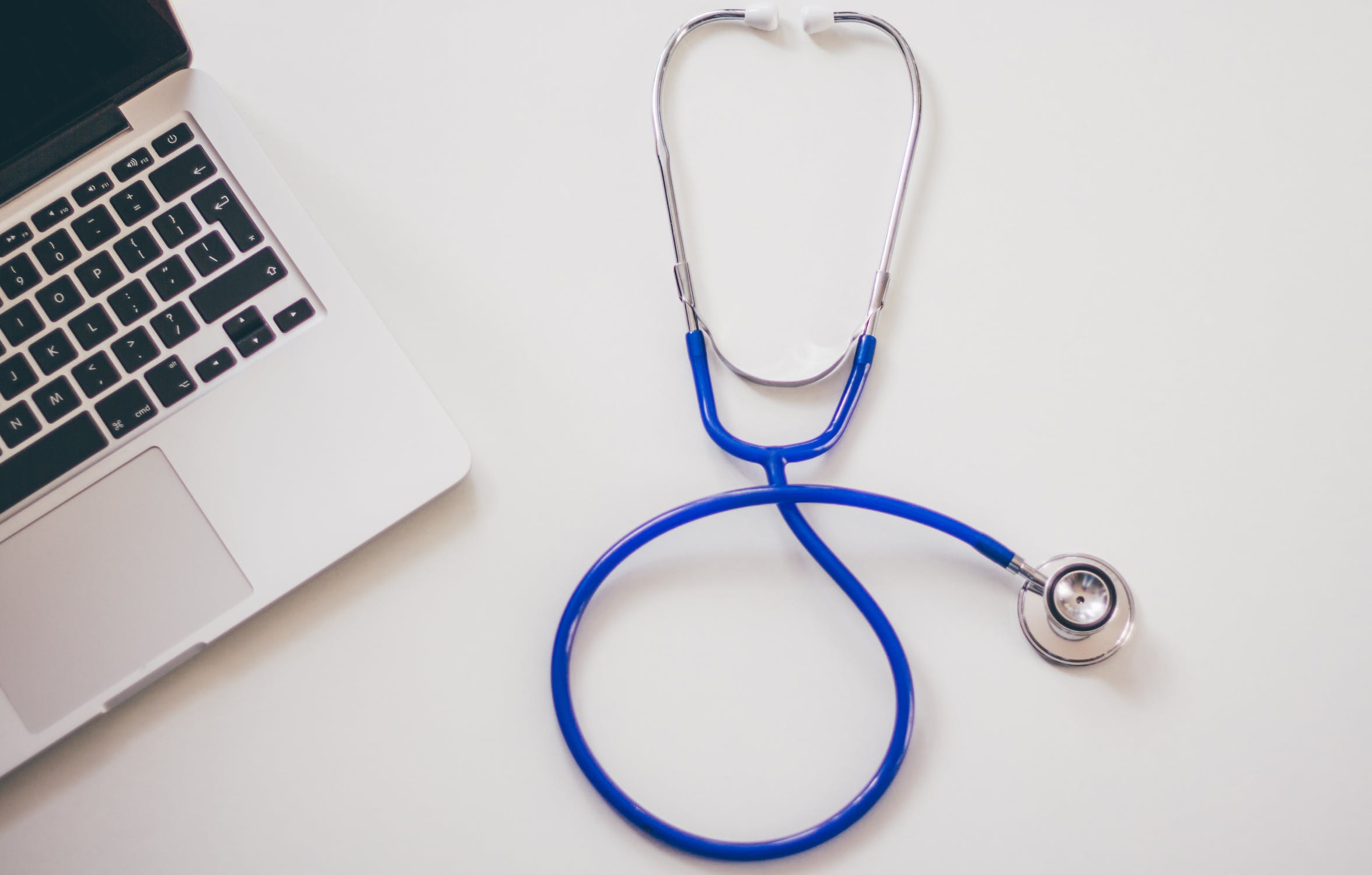Varicose veins often appear as bluish, bulging cords that are coursing just underneath your skin. Most cases affect your legs and your feet. Twisted, swollen veins—at times bordered by blotches of submerged capillaries called spider veins—are known as apparent varicose veins.
Though they may be somewhat disfiguring and painful, they tend to be largely harmless. Varicose veins can be tender to touch when inflamed and can also disrupt blood circulation, at times, causing limb aches, itchy skin, and swollen ankles.
There lies a deeper venous network in your legs. In rare instances, a deeper-lying vein can become varicose. Deeper varicose veins cannot be seen but can cause aching or swelling throughout your leg, at times leading to blood clotformations at those sites.
Varicose veins are a common condition, with them being fairly hereditary. They affect women twice as much, with 23 percent of Americans being sufferers.
The Causes of Varicose Veins
Arteries assist the distribution of oxygenated blood to every part of your body from your lungs. Thick layers of elastic tissue or muscle surround them. When blood is being pushed back towards the heart, veins mainly rely mostly on one-way regulators and surrounding muscles. While blood is flowing through your vein, these regulators open enough for blood to be pushed through, after which they shut to stop back-flow.
With varicose veins, these regulators, or valves as they are more commonly known, are defective, which allows the pooling of blood within your vein. This condition makes it harder for blood to get pushed up towards the heart. Rather than flowing towards the heart between valves, blood pools within the vein, thereby heightening venous pressure, making the vein twist and bulge through blood congestion. Due to their having less muscle density surrounding them when compared to deeper lying veins, superficial veins become varicose.
Who is at Risk for Varicose Veins?
Varicose veins can also be caused by any condition that pressurizes the abdomen or legs. Such circumstances include extended periods of standing, obesity, and pregnancy. In rarer cases, tumors can also cause varicose veins, as can chronic constipation. Sedentary lifestyles are also at risk of varicose veins, as muscles that are not exercised enough can suffer from inadequate blood flow.
Varicosity’s likelihood increases with age, as veins weaken. Anyone who has suffered a leg injury is also at a higher risk. Depending on the injury, vein valves may become injured. Genetics is also an indicator, as varicosity tends to run in the family.
What are the Signs and Symptoms of Varicose Veins?
The signs and symptoms of varicose veins are:
- Prominent blue or purple blood vessels, which can be seen on your calf and thigh,
- Sore, heavy, tender, or aching legs, at times, accompanied with feet or ankle swelling following long periods of standing.
What are Non-Invasive Treatments for Varicose Veins?
In mild cases, varicose veins do not need a visit to the doctor. Many alternative remedies can be executed at home to relieve the discomfort. While not requiring medical attention, milder instances of varicose veins should be taken with the seriousness they deserve. A doctor can recommend several remedies to manage the discomfort:
Compression stockings, which are available widely through medical supply vendors and pharmacies. These non-prescription stockings feature a compression hose that offers higher amounts of pressure and a panty-hose that supports less amount of pressure. Stockings that provide a higher amount of compression generally need a doctor’s prescription.
By design, compression stockings aid the pushing of blood upwards from your ankles towards your calves—with the most pressure being applied from the bottom and lessening upwards. They are worn first thing in the morning, evenly, with the least amount of tightness felt in the calf/groin area. They are worn all through the day, with leg elevation exercises interspersed every several hours.
What are Surgical Treatment Options for Varicose Veins?
As discussed earlier, most cases of varicose veins do not meet the threshold of surgical treatment, but for those that do, there are several options on offer:
- Laser treatment where laser light energy is aimed at the problematic vein making it disappear or fade gradually. This treatment is deployed on smaller varicose vein cases and requires several rounds of treatment.
- Catheter-assisted ablationthat position heated radiofrequency lasers or waves to degrade and, at the conclusion, close up the vein.
- There’s also stripping, which is the surgical removal of the affected varicose veins.
What is the Best Solution to Managing Varicose Veins?
Your doctor, depending on various factors, will decide the right course of treatment for you. These include:
- Your overall health
- Age
- The extent your varicose veins are affecting you
- Symptoms
- How well you are likely to take up particular procedures
Find a Varithena varicose vein specialist near you for help determining the best course of action for you.




